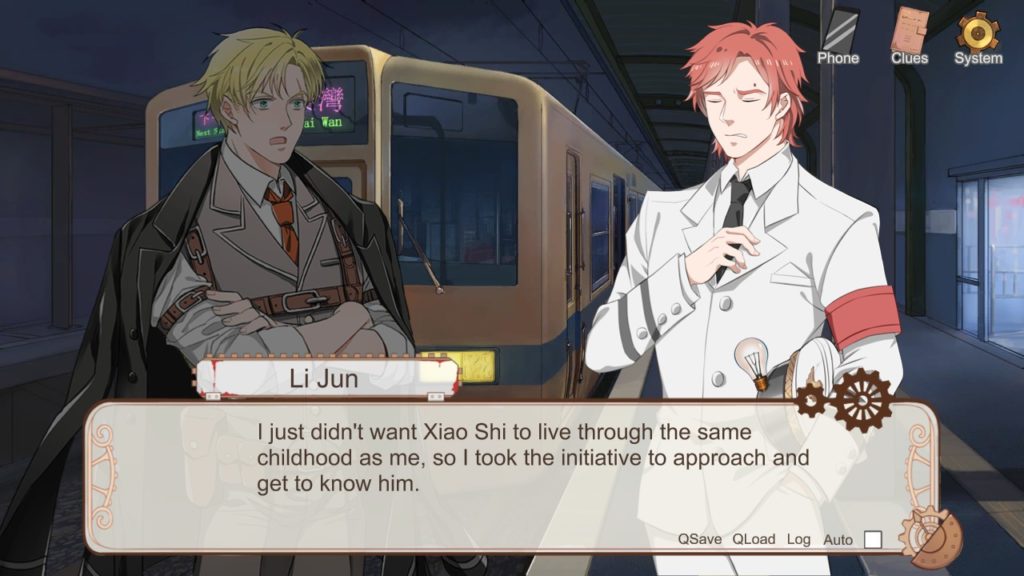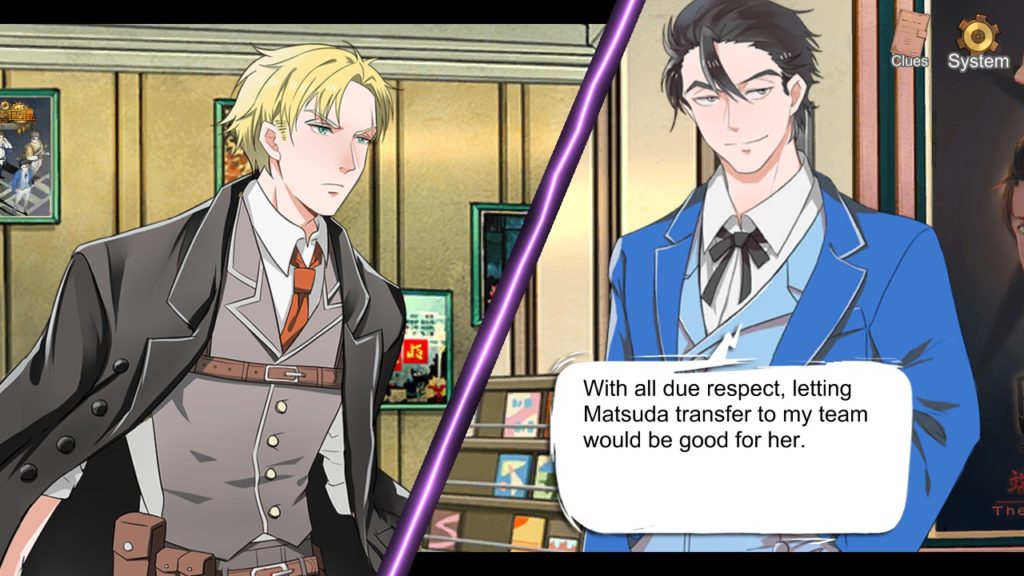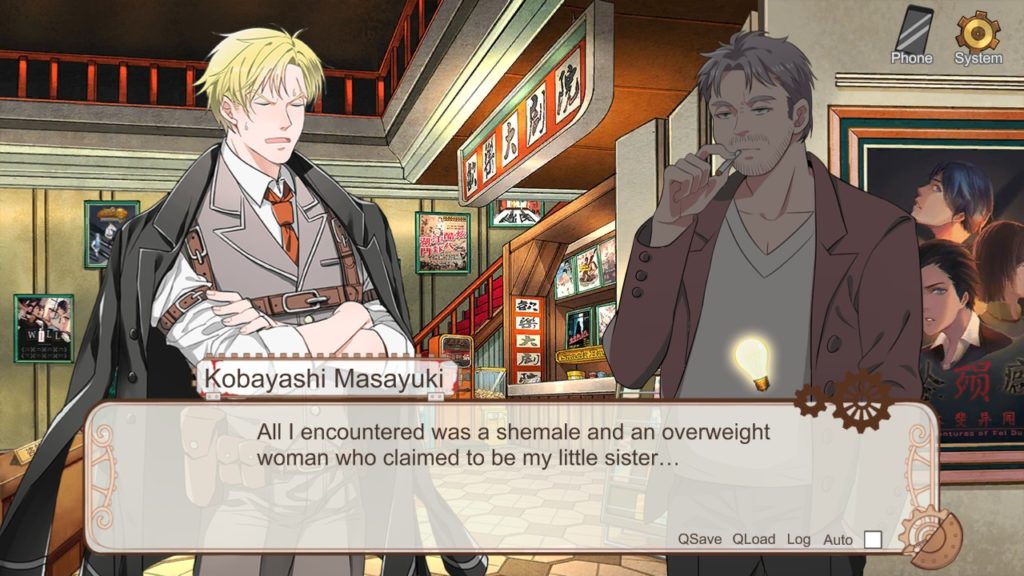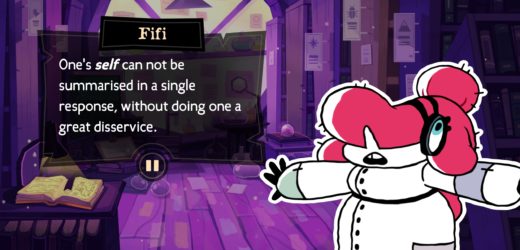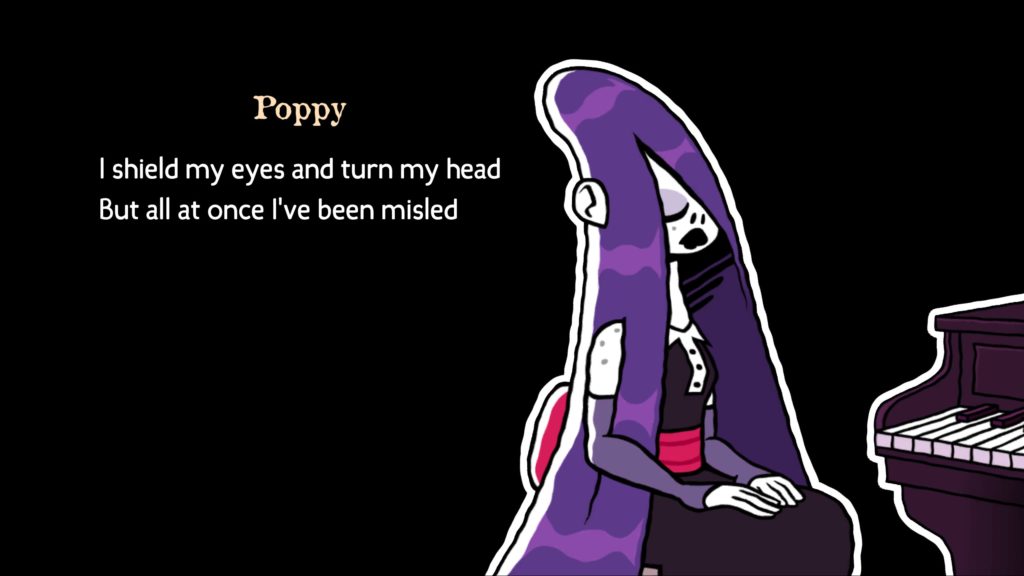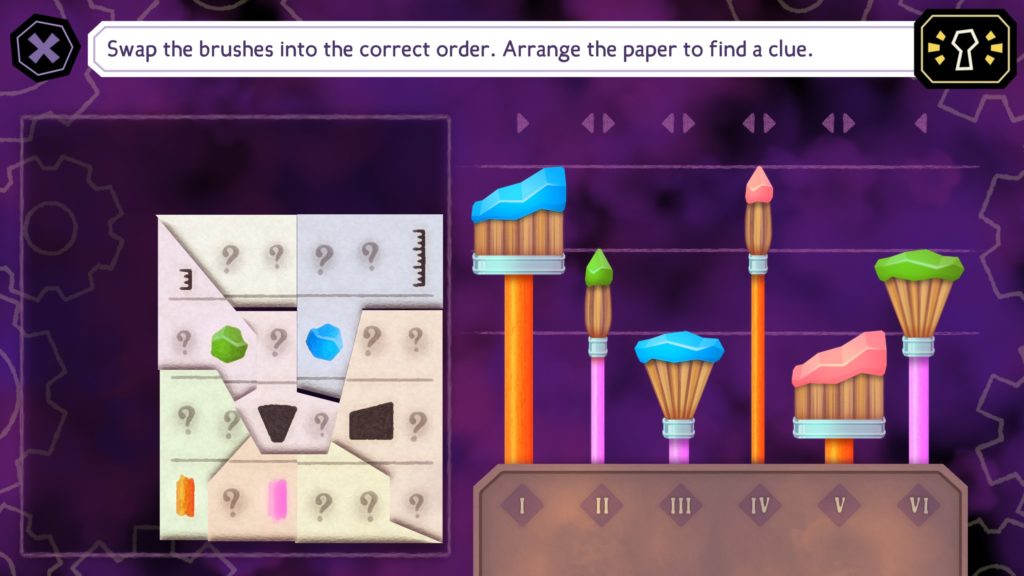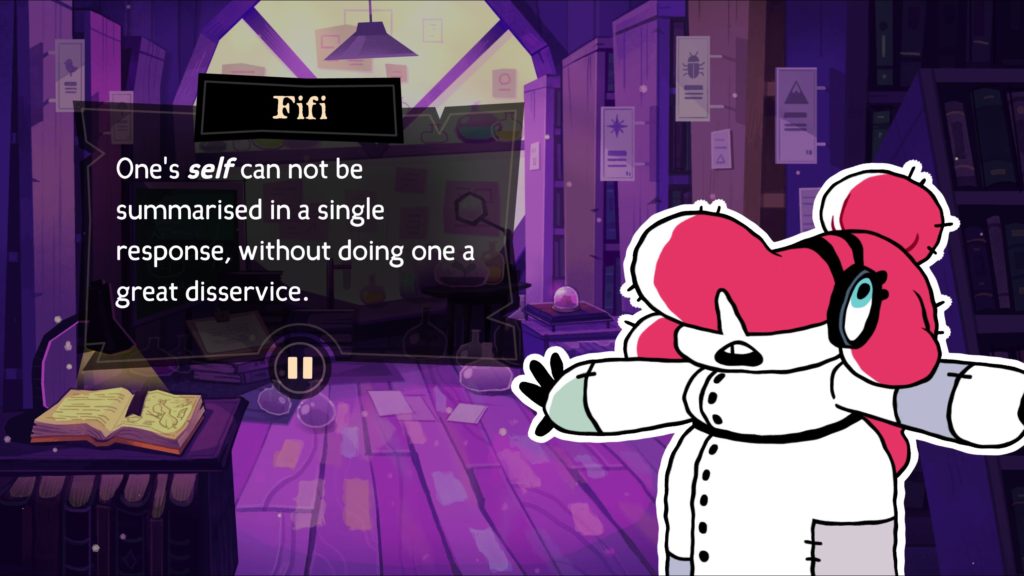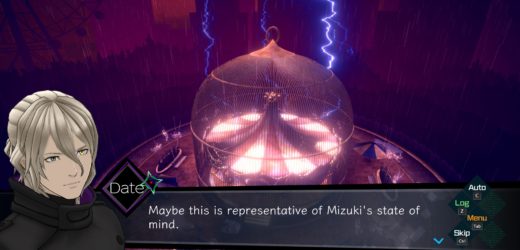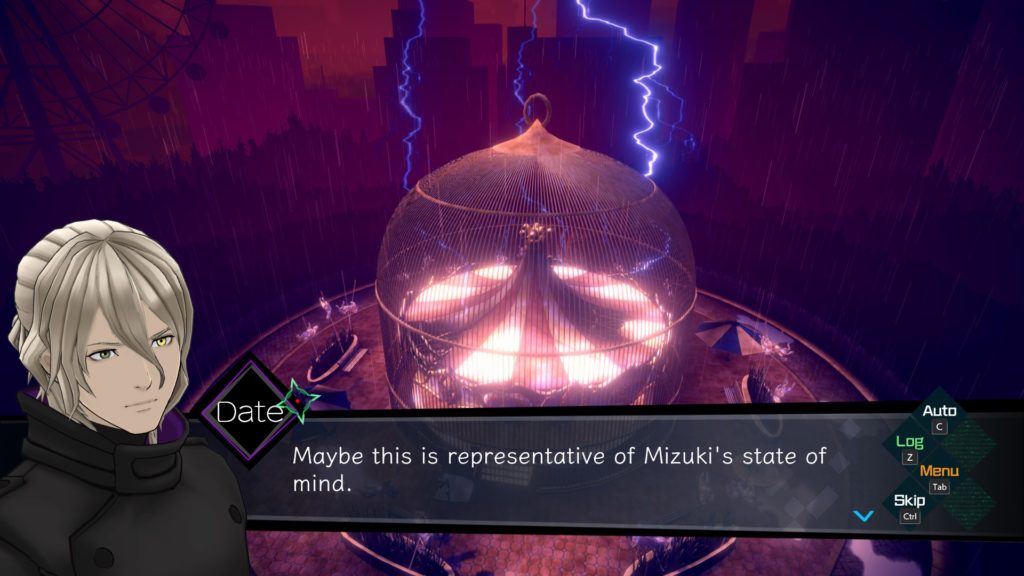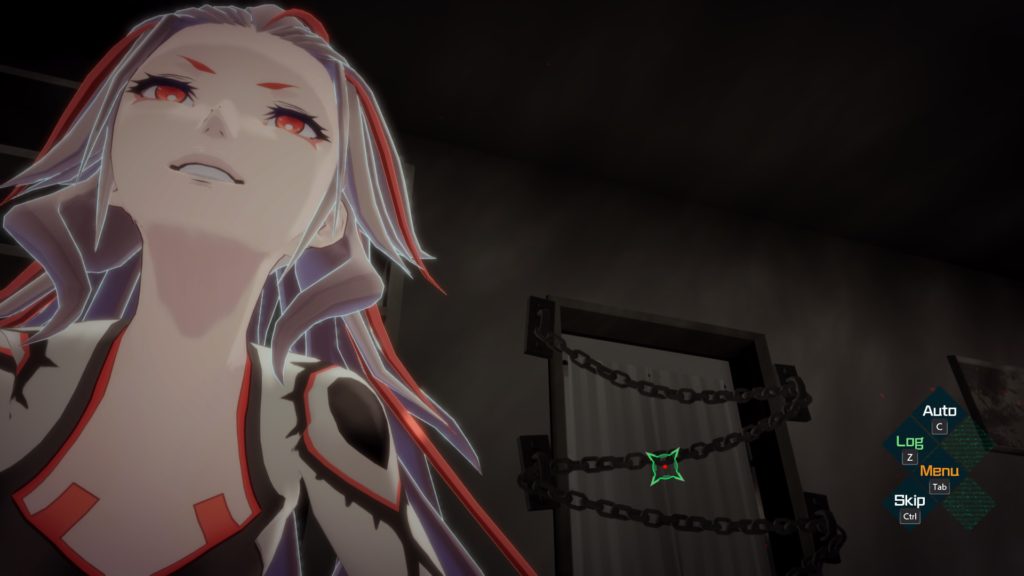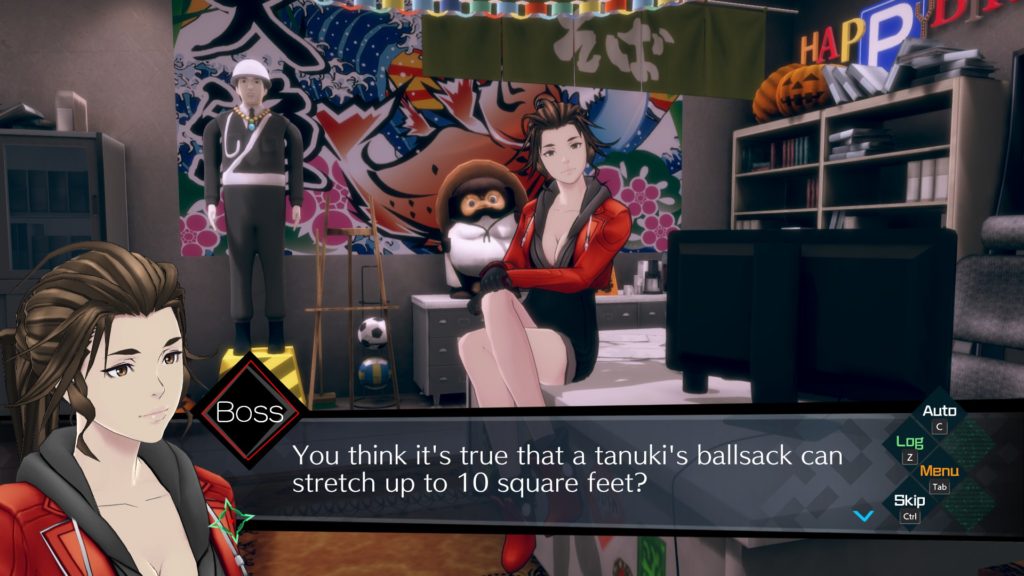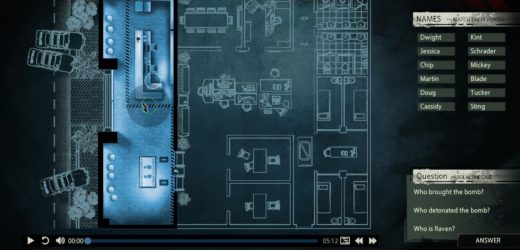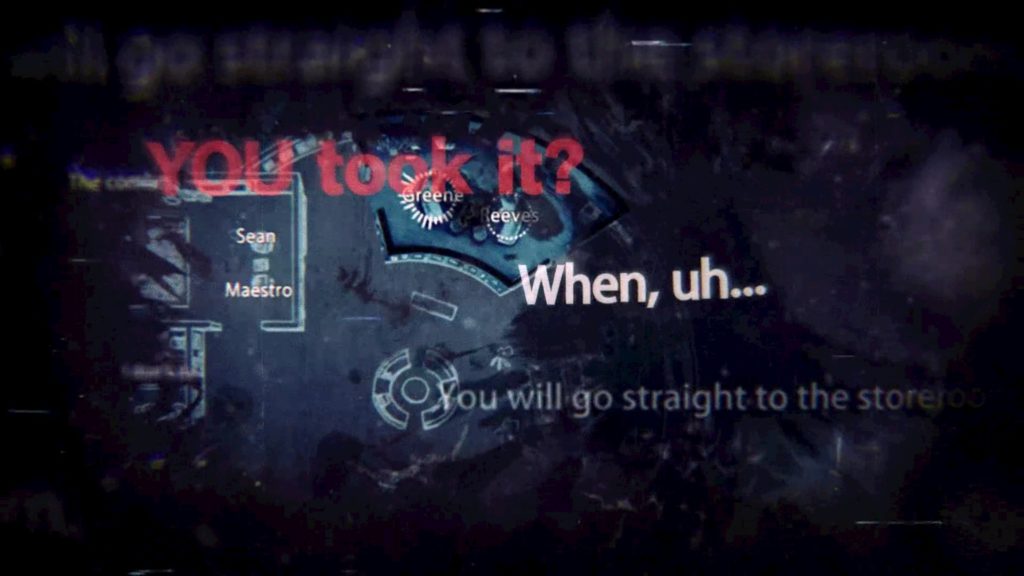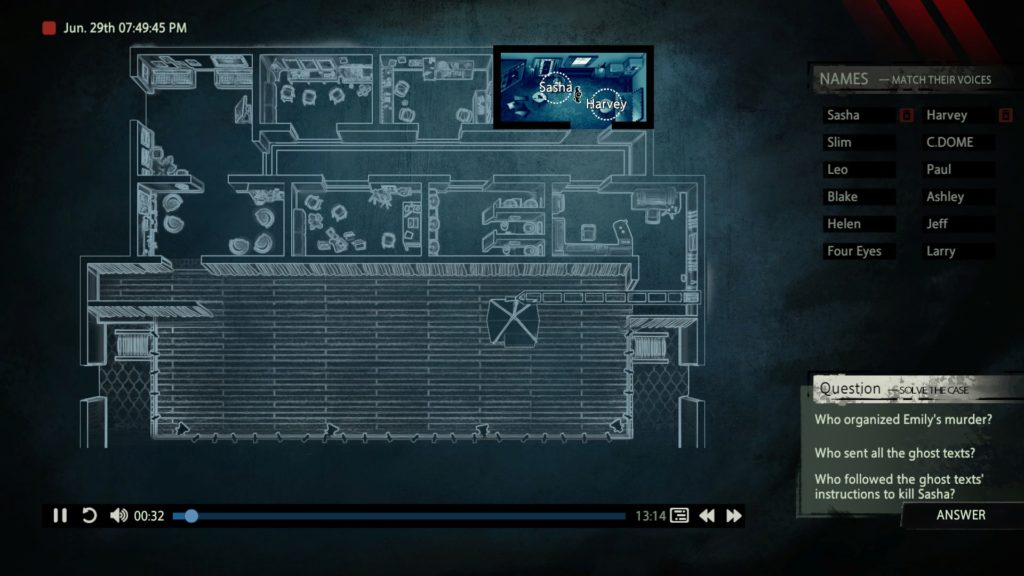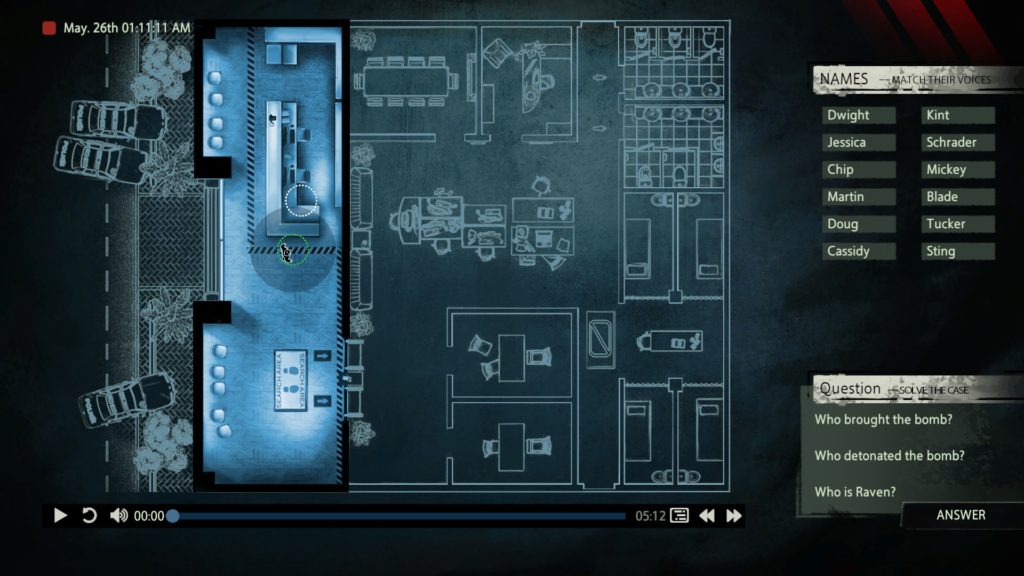Murder By Numbers (Review)

Source: Cashmoneys
Price: £11.99 (Soundtrack £6.99)
Where To Get It: Steam
Murder By Numbers is a great Picross Murder Mystery Visual Novel… In which, oddly enough, the Picross is the weakest part. Not terrible, by any means… But it is missing some quality of life stuff that somewhat baffles. But let’s talk about the good, first, since, as mentioned, the Picross part isn’t awful.
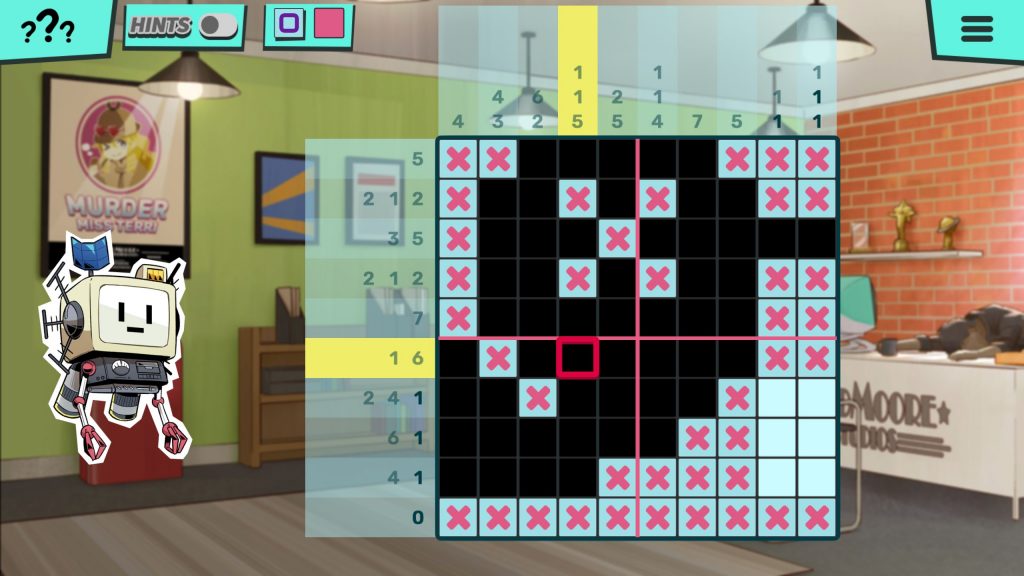
The good is… A lot of the rest. Let me start by saying that this is the first game in a long while I’ve encountered who actually understands what makes a good Saturday Morning style theme. And the rest of the music is great, slipping into its mood, and, just as importantly, humorously cutting off a triumphant theme when whoops… Moment ruined. It’s a little touch, but it’s a good one.
Then there’s the rest of the aesthetic. Big, clear icons, with the eye being led to the two less obtrusive ones. Large sans serif fonts. White borders around the characters, adding a note of differentation between the styles of the foreground and background, that helps cut down on any minor style dissonance… It’s good work, being both visually appealing and clear.

And the writing. For example, I hated Becky at first. She’s a diva with a temper, and she seems oblivious to the feelings of those around her as she storms and lashes about. But she gets nuance. I started to empathise. The characters each get their spotlight, potential motives for characters dying becomes clear, and the murderers… Well, I can perfectly understand why comparisons to Phoenix Wright: Ace Attorney have been made. When the killer loses it… They lose it. And it’s your guide to when you’re on the right track, although the clues do connect the dots well, even toward the red herring paths you’re meant to go down, before the real culprit is found. Nice touch, that, and it shows the developers know their murder mysteries, because I couldn’t find wasted foreshadowing or hinting. What I’m getting at is, it’s well written, and I love that.
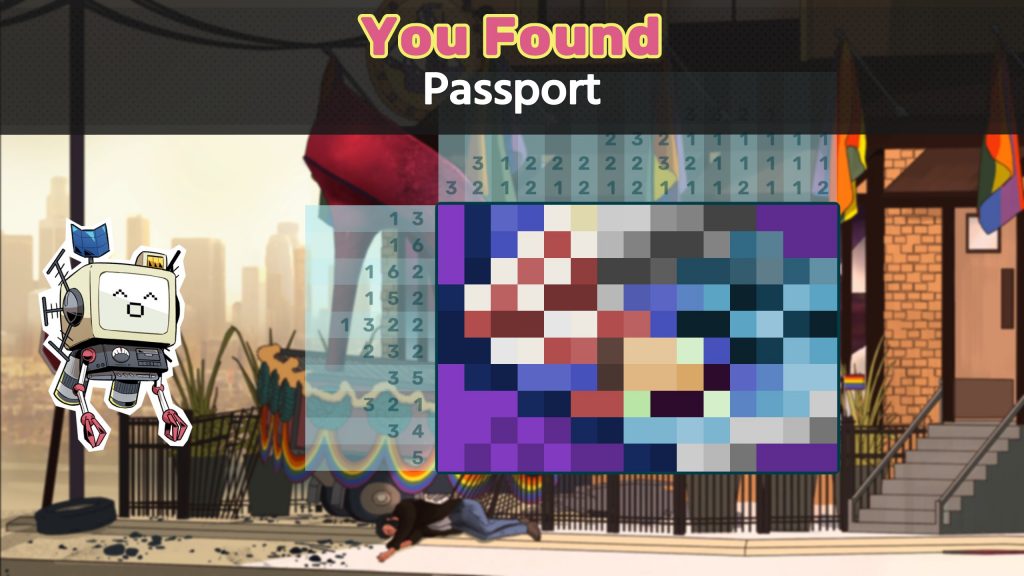
So… The Picross element. If this were great, it would be the cherry on the cake, considering it was a core advertising element. And it isn’t, to make this clear, bad, although snobs of this genre of the puzzle like myself may feel uncomfortable with it. And it is, apart from finished sprites that sometimes seem less than clear, mostly to do with little things we’ve come to expect. Like being held within a row or column if we’re moving down that column. Or a restart puzzle button in easy reach. Or maybes being turned into either crosses or pixels, instead of just being erased. Little things that merely make it… Alright, verging on good. Thankfully, they’re things that are fixable, for the most part. And they do, to be fair, ease you in. Although in the later cases, it can merely look like they’re easing you in, instead posing you a devious one in less space than you’d think you can be devious. Save before you investigate, and after each puzzle. You’ll thank yourself later.

It is a shame that a core element isn’t great, but, as noted, these are fixable problems, and the rest of the game is otherwise great. As such, it gets a recommendation, with the caveat that, until the aforementioned Picross Problems (heh) are sorted, folks like me who play a lot of such games are going to be grinding their teeth.
The Mad Welshman played the theme tune no less than thirty times in a row while writing this.


